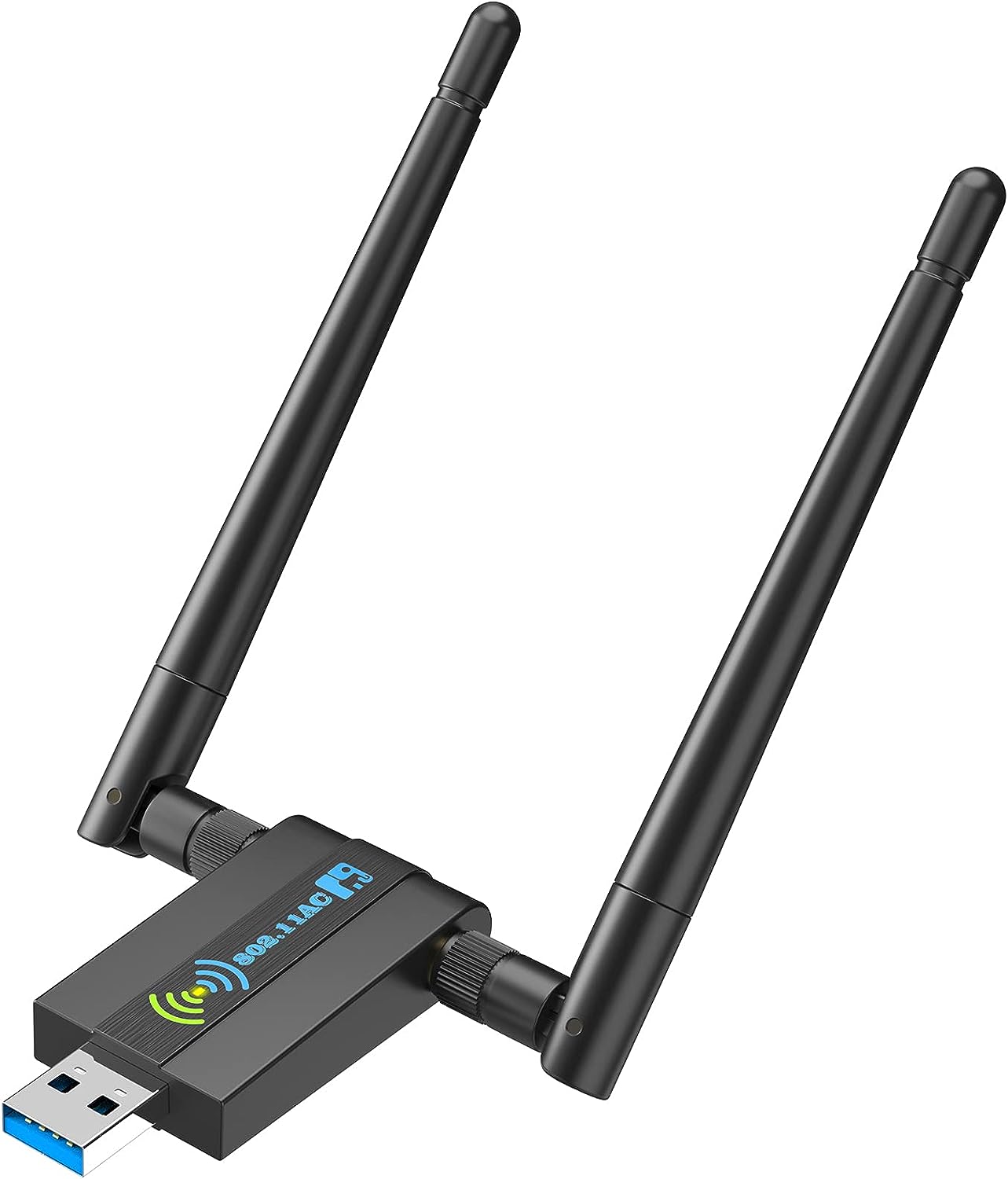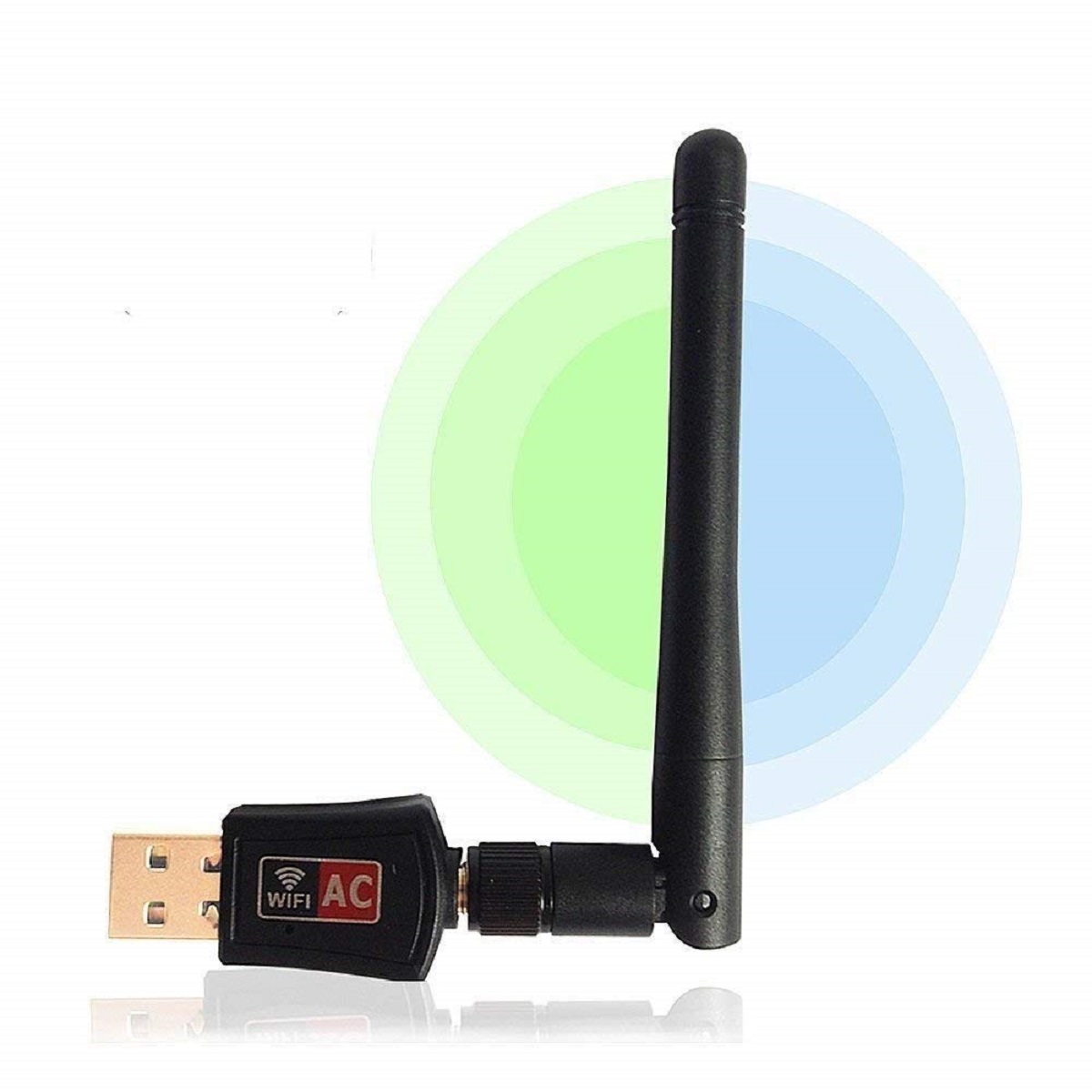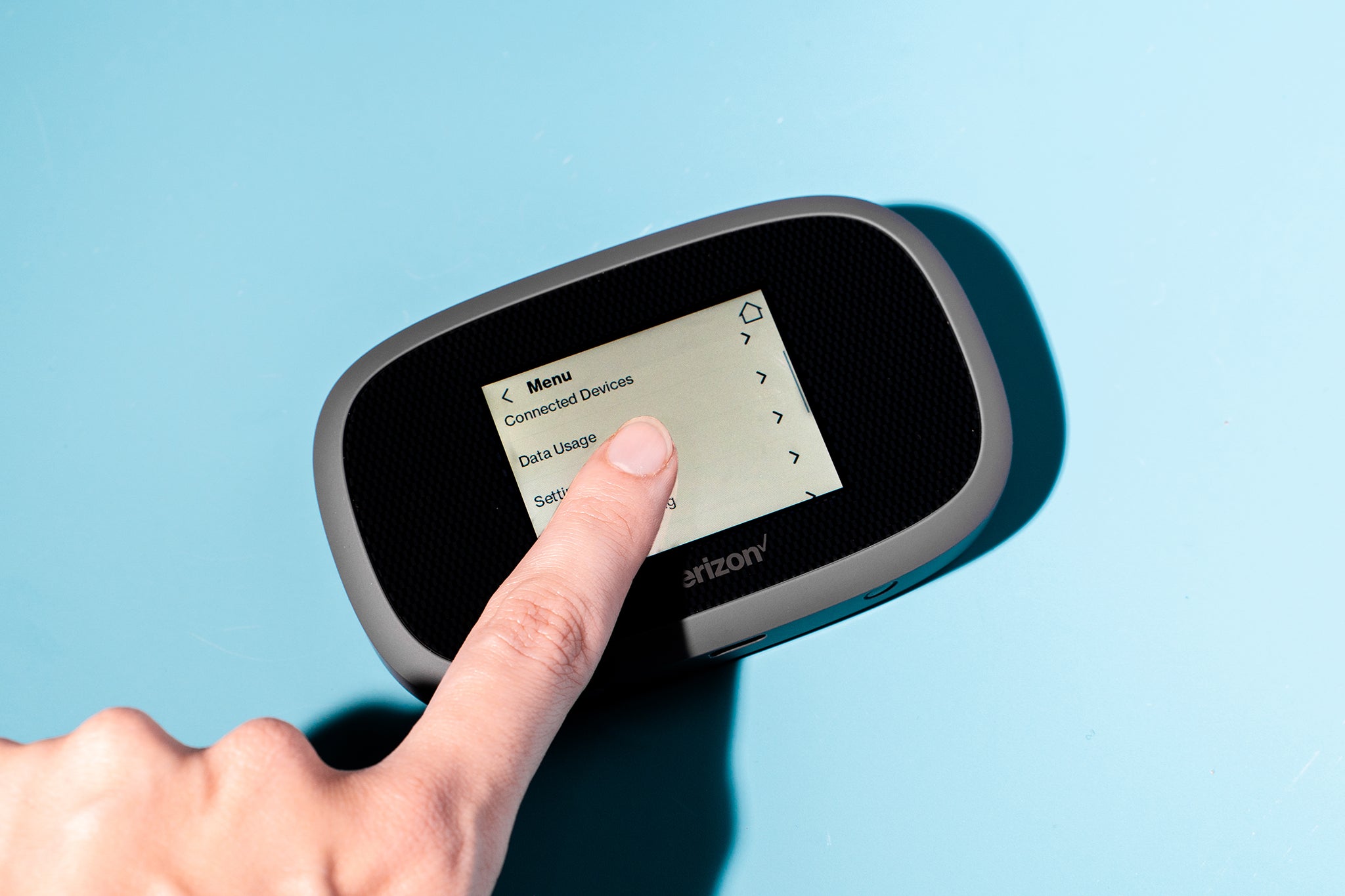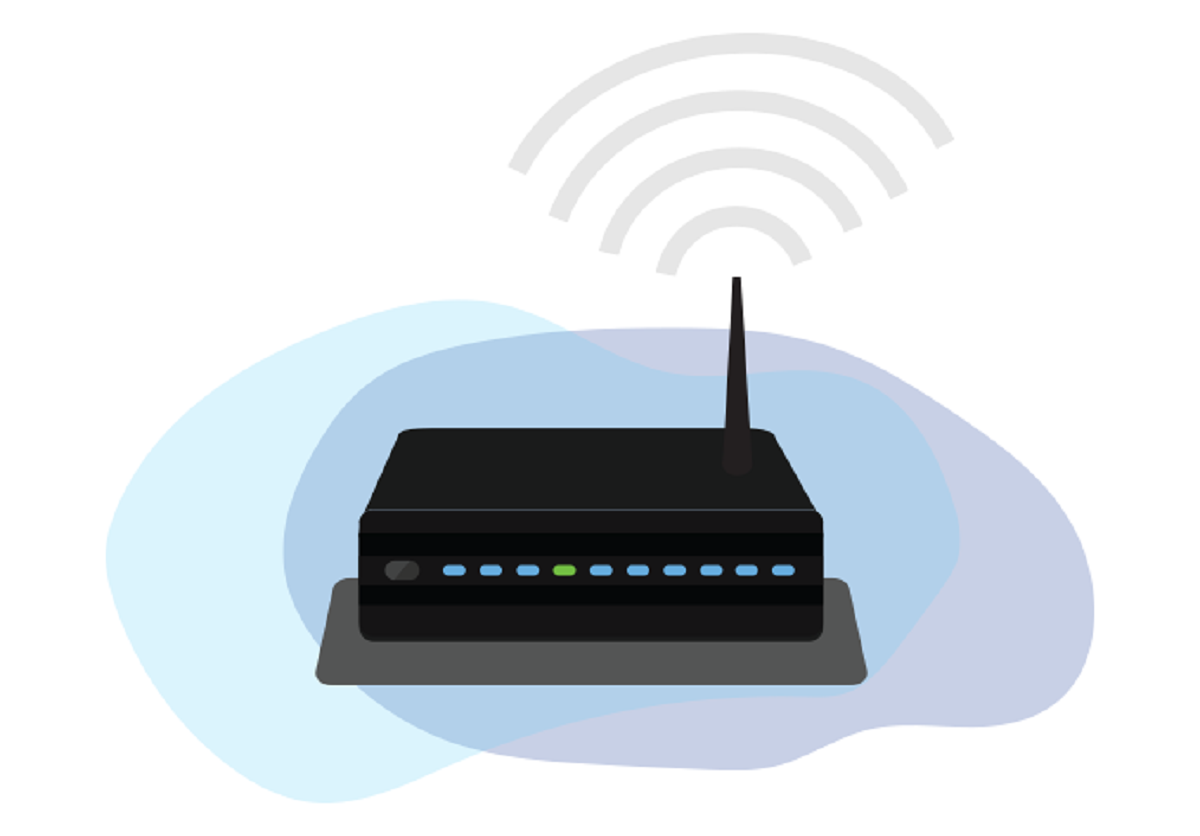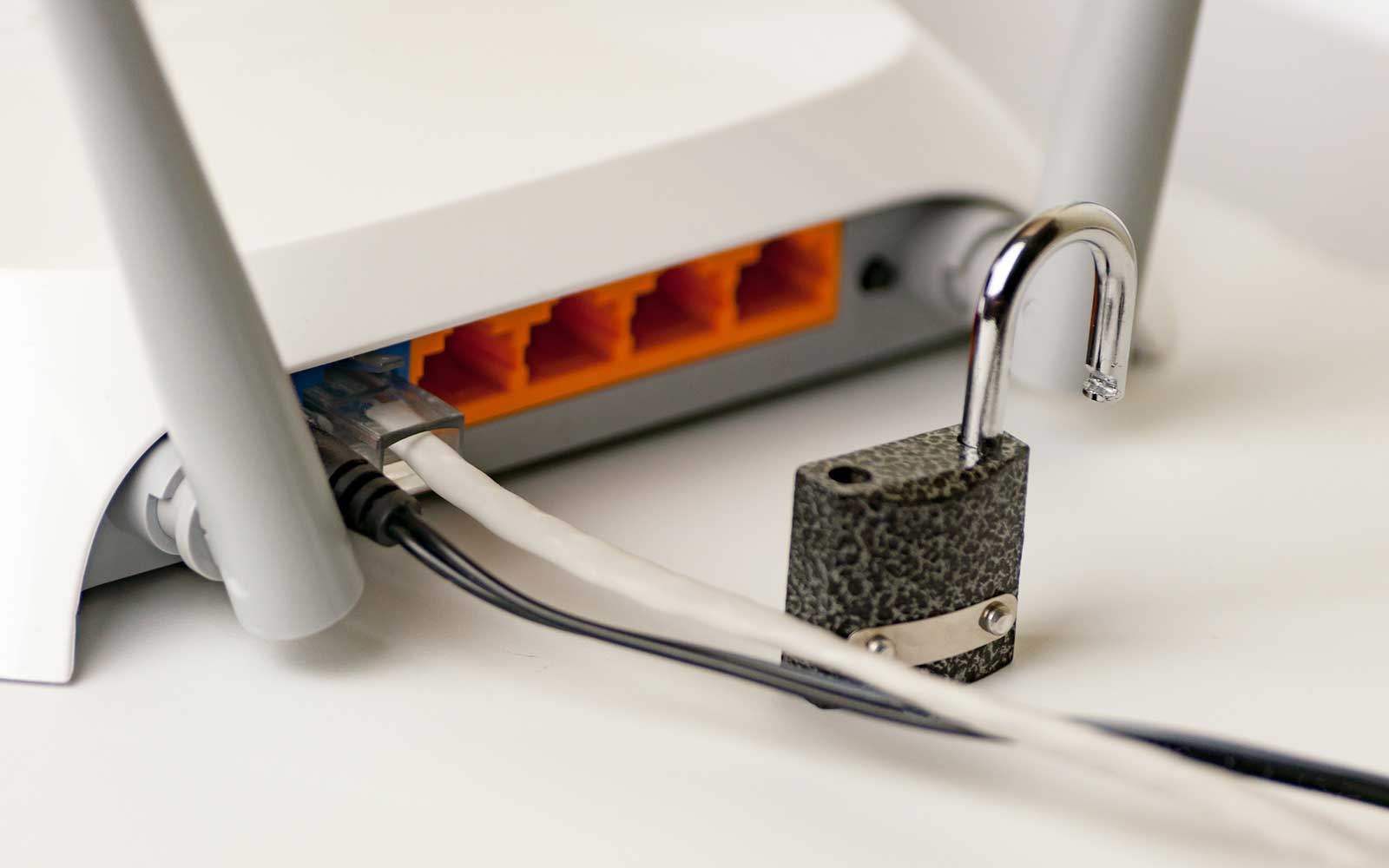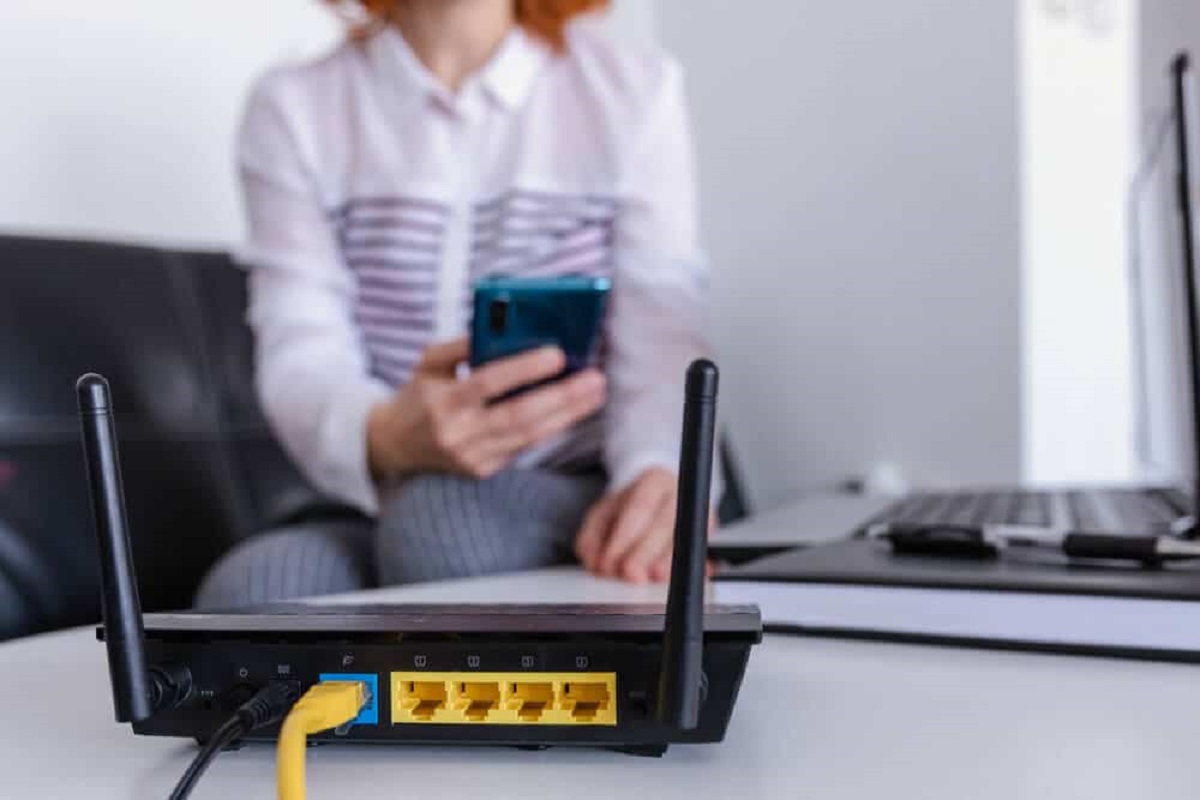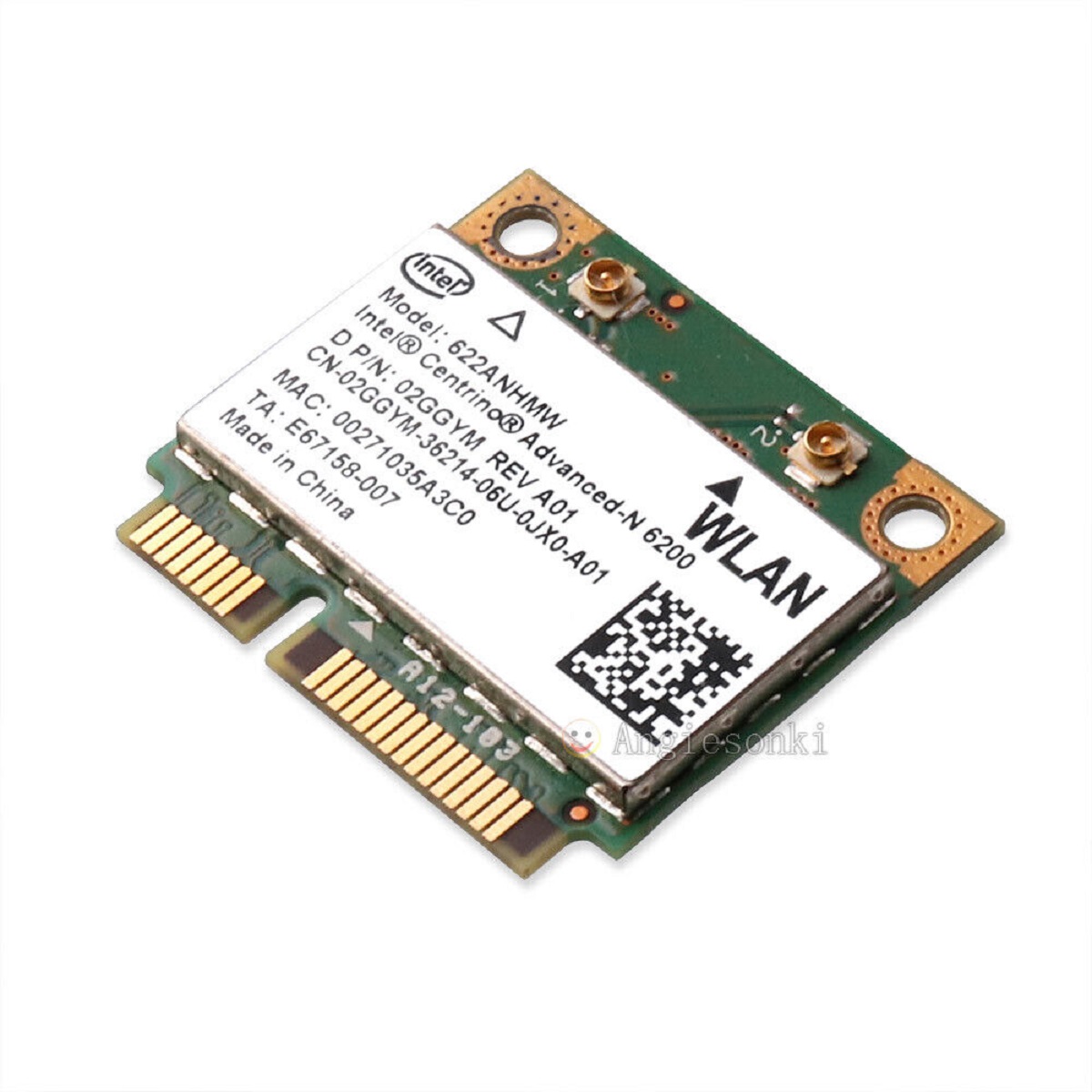Why is it important to know the security type of your WiFi?
Your home WiFi network is the gateway to your online world. It allows you to connect to the internet, stream media, communicate with friends and family, and carry out online transactions. However, with the increasing number of cyber threats, it is crucial to know the security type of your WiFi. This knowledge will help safeguard your network and protect your sensitive information from falling into the wrong hands.
Here are a few reasons why it’s important to be aware of the security type of your WiFi:
- Protecting your personal information: When you connect to a WiFi network, your device sends and receives data over the airwaves. If your network has weak or no security measures in place, hackers can intercept this data and potentially gain access to your personal information, such as passwords, financial details, and private communications.
- Preventing unauthorized access: Knowing the security type of your WiFi allows you to set up strong and complex passwords or encryption keys. This makes it much harder for unauthorized individuals to gain access to your network. By using secure encryption protocols, you can ensure that only authorized devices can connect to your WiFi, protecting your network from potential intruders.
- Securing connected devices: Many homes now have numerous devices connected to the WiFi network, including smartphones, tablets, smart TVs, and home automation systems. By knowing your WiFi security type, you can ensure that all these devices are configured to use the appropriate security protocols. This safeguards all your connected devices from potential security breaches.
Taking the time to understand and implement the proper security measures for your WiFi network not only protects your personal data but also contributes to the overall security of the internet. It helps in reducing the number of vulnerable WiFi networks that hackers can exploit to carry out malicious activities.
Now that we understand the significance of knowing the security type of your WiFi network, let’s explore the common types of WiFi security and how to determine the security type of your own network.
Common types of WiFi security
WiFi security protocols are designed to protect your network from unauthorized access and ensure the privacy of your data. Here are some of the most common types of WiFi security:
- WEP (Wired Equivalent Privacy): WEP was the first security protocol for WiFi networks. However, it is now considered outdated and insecure. WEP uses a 64- or 128-bit encryption key to secure wireless communications. Hackers can easily bypass WEP encryption, making it vulnerable to attacks.
- WPA (Wi-Fi Protected Access): WPA was introduced as a replacement for WEP. It offers stronger encryption and better security features. WPA uses a pre-shared key (PSK) or a passphrase to authenticate devices accessing the network. However, WPA is also susceptible to some security vulnerabilities.
- WPA2 (Wi-Fi Protected Access 2): WPA2 is currently the most widely used WiFi security protocol. It provides stronger encryption and security than both WEP and WPA. WPA2 uses the Advanced Encryption Standard (AES) algorithm to encrypt data transmitted over the network. It is highly recommended to use WPA2 for securing your WiFi network.
- WPA3 (Wi-Fi Protected Access 3): WPA3 is the latest WiFi security protocol and offers significant improvements over WPA2. It provides stronger encryption, protects against offline dictionary attacks, and enhances security for devices with limited computing power. However, not all devices and routers support WPA3 yet.
When it comes to WiFi security, it is essential to use the latest and most secure protocol available. Using outdated security protocols like WEP or older versions of WPA leaves your network vulnerable to attacks.
Now that we have covered the common types of WiFi security, let’s explore how to check the security type of your own WiFi network.
How to check the security type of your WiFi
To determine the security type of your WiFi network, you can follow these steps:
- Access your router’s settings: Open a web browser on a device connected to your WiFi network and enter your router’s IP address in the address bar. You can find the IP address in the router’s manual or on the back of the router.
- Log in to your router: Enter your router’s username and password when prompted. If you haven’t changed these credentials, you can find the default login details in the router’s manual or on the manufacturer’s website.
- Find the security settings: Once logged in, navigate to the wireless settings or security settings section of your router’s interface. The terminology may vary depending on the router model and brand.
- Identify the security type: Look for options or information related to the security protocol or encryption method being used. It is usually mentioned as WEP, WPA, WPA2, or WPA3. The selected option indicates the security type of your WiFi network.
If you are unable to find the security settings or the information is not clearly listed, you can consult the router’s manual or visit the manufacturer’s website for more guidance. Additionally, you can contact your internet service provider (ISP) for assistance in determining the security type of your WiFi network.
Once you have determined the security type of your WiFi network, it is essential to ensure that you have the appropriate security measures in place to protect your network and connected devices. Let’s explore some of the common security measures for WiFi networks.
WEP (Wired Equivalent Privacy)
WEP (Wired Equivalent Privacy) was one of the earliest security protocols used for WiFi networks. It aimed to provide a level of security comparable to that of a wired network. However, over time, its vulnerabilities became apparent, and it is now considered outdated and insecure.
WEP uses a 64- or 128-bit encryption key to secure wireless communications. The encryption key is shared between the access point (wireless router) and the devices connecting to it. However, WEP encryption can be easily cracked due to several design flaws.
One of the major weaknesses of WEP is its use of a static encryption key, which remains the same until manually changed. This makes it susceptible to brute-force attacks where hackers attempt to guess the encryption key by systematically trying all possible combinations. Additionally, WEP uses a weak initialization vector (IV) and an insecure integrity check value (ICV), further compromising its security.
Through the use of widely available hacking tools, attackers can exploit these weaknesses and quickly gain access to a WEP-encrypted network. Once inside, they can intercept and decipher the data transmitted over the network, including sensitive information like passwords, financial details, or personal conversations.
Due to its vulnerabilities, it is strongly recommended to avoid using WEP as the security protocol for your WiFi network. Instead, consider upgrading to a more secure protocol such as WPA2 or WPA3.
If you are currently using WEP and need to upgrade, check if your router supports newer security protocols. Most modern routers provide options for WPA2 or WPA3. Upgrading to a stronger encryption protocol will significantly enhance the security of your WiFi network and protect your data from unauthorized access.
It’s important to note that even if you upgrade your router’s security protocol, it’s crucial to choose a strong, unique password for your WiFi network. A strong password should be complex, with a combination of uppercase and lowercase letters, numbers, and special characters. This further helps prevent unauthorized access to your WiFi network.
Now that we have discussed the vulnerabilities of WEP and the need to upgrade to a more secure protocol, let’s explore the next security protocol, WPA (Wi-Fi Protected Access).
WPA (Wi-Fi Protected Access)
WPA (Wi-Fi Protected Access) was introduced as an improvement over the vulnerable WEP security protocol for WiFi networks. It provides stronger encryption and better security features, making it a more secure option for protecting your wireless network.
WPA uses a pre-shared key (PSK) or a passphrase to authenticate devices attempting to connect to the WiFi network. When a device tries to connect, it must provide the correct passphrase to gain access. This adds an additional layer of security compared to WEP’s static encryption key.
One of the main security enhancements of WPA is the use of the Temporal Key Integrity Protocol (TKIP). TKIP dynamically generates new encryption keys for each data packet, making it much more difficult for attackers to decipher the encrypted data.
Despite providing improved security, WPA is not without its vulnerabilities. It is susceptible to attacks such as brute-forcing or dictionary attacks, where hackers attempt to guess the passphrase using automated tools or precomputed tables of potential passwords.
WPA2, the successor to WPA, addressed many of the vulnerabilities in the WPA protocol and is currently the recommended security protocol for WiFi networks. However, if your router does not support WPA2 or WPA3, using WPA is still preferable to risking the use of the outdated and easily compromised WEP.
If you are currently using WPA as the security protocol for your WiFi network, it is important to ensure that you have a strong and unique passphrase. A strong passphrase should be complex, using a combination of uppercase and lowercase letters, numbers, and special characters. This makes it significantly harder for hackers to guess or crack the passphrase.
While WPA offers better security than WEP, it is essential to keep in mind that newer security protocols like WPA2 and WPA3 provide even stronger encryption and enhanced security features. If your router supports these newer protocols, it is highly recommended to upgrade to them for maximum security.
Now that we have explored WPA and its security features, let’s delve into WPA2, the current industry standard for WiFi security.
WPA2 (Wi-Fi Protected Access 2)
WPA2 (Wi-Fi Protected Access 2) is currently the most widely used and recommended security protocol for WiFi networks. It offers significant improvements over the previous WPA and WEP protocols, providing stronger encryption and better security features.
WPA2 uses the Advanced Encryption Standard (AES) algorithm, which is considered highly secure and robust. AES encrypts the data transmitted over the network using a 128-bit or 256-bit encryption key, depending on the configuration. This makes it extremely difficult for attackers to decipher the encrypted data, ensuring the privacy and integrity of your network traffic.
One of the key enhancements of WPA2 is its ability to handle both personal (WPA2-PSK) and enterprise (WPA2-Enterprise) security setups. With personal security (WPA2-PSK), you set a pre-shared key (PSK) or passphrase that is shared with the devices connecting to your WiFi network. With enterprise security (WPA2-Enterprise), a central authentication server is used to validate the credentials of devices before granting access to the network, making it ideal for larger organizations.
WPA2 also addresses the vulnerabilities discovered in earlier security protocols. It provides protection against brute-force attacks by implementing a lockout policy that temporarily locks out devices after a certain number of unsuccessful login attempts. Additionally, it uses a stronger encryption method compared to WPA, making it significantly more resistant to hacking attempts.
It’s important to note that while WPA2 is highly secure, it is not completely immune to attacks. Certain vulnerabilities, such as the KRACK (Key Reinstallation Attack) vulnerability discovered in 2017, highlighted potential weaknesses in WPA2. However, these vulnerabilities have been addressed through security patches and updates, emphasizing the importance of keeping your devices and router firmware up to date.
If your router supports WPA2, it is recommended to enable this security protocol for your WiFi network. Additionally, ensure that you have a strong and unique passphrase for your network, using a combination of uppercase and lowercase letters, numbers, and special characters.
Now that we have explored the features and security enhancements of WPA2, let’s dive into the latest WiFi security protocol, WPA3.
WPA3 (Wi-Fi Protected Access 3)
WPA3 (Wi-Fi Protected Access 3) is the latest WiFi security protocol designed to provide even stronger protection for wireless networks. It offers significant improvements over WPA2, enhancing both the encryption and authentication methods used in securing your WiFi connection.
One of the key features of WPA3 is the use of the Simultaneous Authentication of Equals (SAE) protocol. SAE replaces the pre-shared key used in WPA2-PSK with a more robust and secure method called Dragonfly Key Exchange. This method protects against offline dictionary attacks, where attackers attempt to guess the passphrase by testing different combinations, even if they are not connected to the network.
WPA3 also introduces individualized data encryption, where each device connected to the network has its unique encryption key. This provides an additional layer of security, ensuring that even if one device is compromised, the others remain secure. Furthermore, WPA3 strengthens the encryption of network traffic, making it more resistant to eavesdropping and unauthorized access.
Another improvement in WPA3 is the protection against brute-force attacks. It includes a mechanism called Forward Secrecy, which ensures that even if an attacker manages to obtain a copy of the network’s encrypted data, they cannot decrypt it by compromising the network’s encryption keys.
While WPA3 brings substantial security enhancements, it is important to note that not all devices and routers currently support this protocol. Older devices may only be compatible with WPA2 or even WPA. However, as more devices are released to the market, WPA3 support is expected to become more widespread.
If your router and devices support WPA3, it is recommended to enable this security protocol for your WiFi network to benefit from its advanced security features. Nonetheless, if your devices only support WPA2 or WPA, using these protocols with strong security configurations is still considered secure.
It’s worth mentioning that staying up to date with firmware and software updates for your router and devices is essential for maintaining the security of your WiFi network. These updates often include security patches that address any vulnerabilities discovered in wireless protocols.
Now that we have explored the features and improvements offered by WPA3, let’s move on to discussing other security measures you should consider for your WiFi network.
Other security measures to consider for your WiFi network
In addition to selecting a strong security protocol like WPA2 or WPA3, there are several other security measures you can implement to further enhance the protection of your WiFi network:
- Change default credentials: When setting up a new router, make sure to change the default username and password. Many routers come with generic login details, making them an easy target for hackers. Create strong and unique credentials to prevent unauthorized access to your router’s settings.
- Enable network encryption: Along with using a strong security protocol, ensure that your WiFi network’s encryption is enabled. Encryption scrambles the data transmitted over your network, making it unreadable to unauthorized users. WPA2 and WPA3 provide encryption by default, but it’s important to verify that it is enabled in your router settings.
- Disable SSID broadcast: By disabling the broadcasting of your network’s SSID (Service Set Identifier), you make it more difficult for unauthorized users to find and connect to your WiFi network. However, note that this measure alone is not foolproof and can inconvenience legitimate users.
- Use a strong password: Set a strong and unique password for your WiFi network. Avoid using common or easily guessable passwords. A strong password should include a combination of uppercase and lowercase letters, numbers, and special characters.
- Implement MAC address filtering: MAC address filtering allows you to create a whitelist of permitted devices on your network. Only devices with their MAC addresses registered on the whitelist are allowed to connect. While this measure adds an extra layer of security, be aware that MAC addresses can be spoofed.
- Regularly update firmware: Manufacturers often release firmware updates for routers that address security vulnerabilities and improve performance. Regularly check for and install these updates to keep your router up to date and secure.
- Use a guest network: If your router supports it, setting up a guest network allows visitors to connect to the internet without accessing your main network. This way, you can safeguard your personal devices and data while still providing internet access to guests.
Implementing these additional security measures helps fortify your WiFi network and minimize the risk of unauthorized access or data breaches. By layering these measures on top of a secure encryption protocol, you can create a robust and secure wireless environment.
Now that we have discussed various security measures, let’s conclude our exploration of WiFi network security.
Conclusion
Ensuring the security of your WiFi network is crucial in today’s digital age where cyber threats are prevalent. By understanding the different types of WiFi security and taking appropriate measures to protect your network, you can safeguard your personal information, prevent unauthorized access, and secure your connected devices.
In this article, we discussed the importance of knowing the security type of your WiFi network. It allows you to implement the necessary security measures and protect your sensitive data from being compromised by hackers or cybercriminals.
We explored the common types of WiFi security, including WEP, WPA, WPA2, and WPA3. While older protocols like WEP are considered insecure, we emphasized the significance of using the latest and most secure protocols, such as WPA2 or WPA3.
We also provided steps on how to check the security type of your WiFi network by accessing your router’s settings. Additionally, we highlighted the importance of strong passwords, regularly updating firmware, and considering other security measures like disabling SSID broadcast and enabling MAC address filtering.
By following these recommended security practices, you can significantly reduce the risk of unauthorized access to your WiFi network and protect your personal information and connected devices from potential threats.
Remember, WiFi security is an ongoing process. It is essential to stay informed about the latest security updates and advancements to ensure the continued protection of your network.
So, take the necessary steps to secure your WiFi network today and enjoy a safe and protected online experience.









